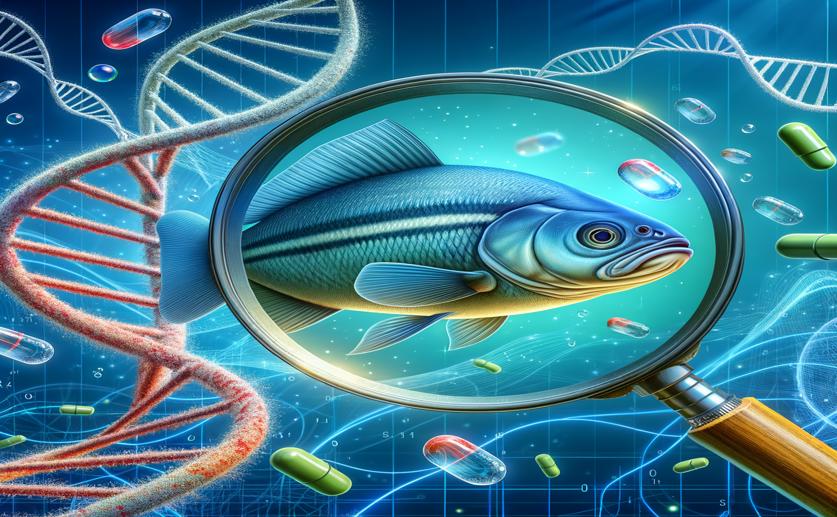
How Genome-wide Study of DNA Markers Helps Find Key Gene Control Areas in Fish
Jim Crocker
12th July, 2024

Image Source: Natural Science News, 2024
Key Findings
- The study focused on threespine stickleback fish from the Pacific Ocean to understand genetic adaptation
- Researchers used advanced techniques to map DNA regions that control gene activity
- They found that specific DNA modifications can identify regulatory elements responsible for gene expression differences
References
Main Study
1) Genome-wide analysis of histone modifications can contribute to the identification of candidate cis-regulatory regions in the threespine stickleback fish
Published 11th July, 2024
https://doi.org/10.1186/s12864-024-10602-w
Related Studies
2) Is genetic evolution predictable?
3) Genetics of adaptation.
4) Capturing the rapidly evolving study of adaptation.



 6th June, 2024 | Greg Howard
6th June, 2024 | Greg Howard